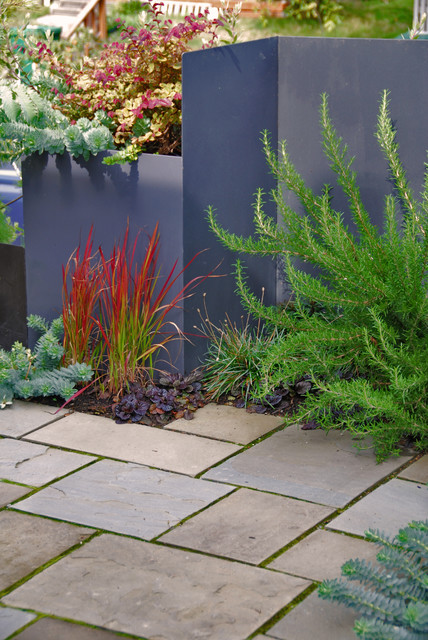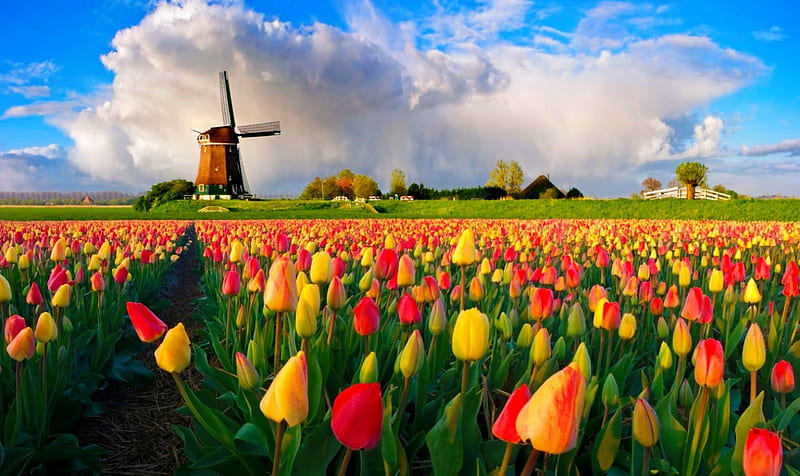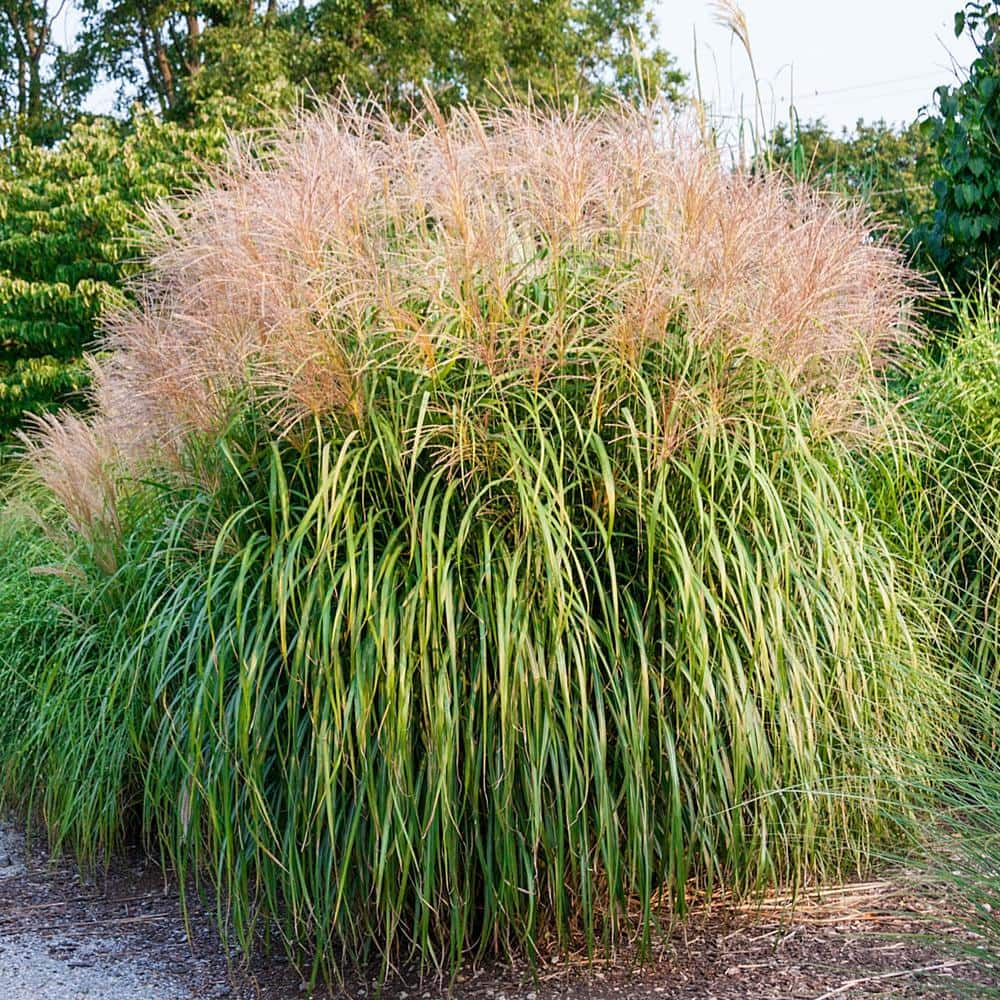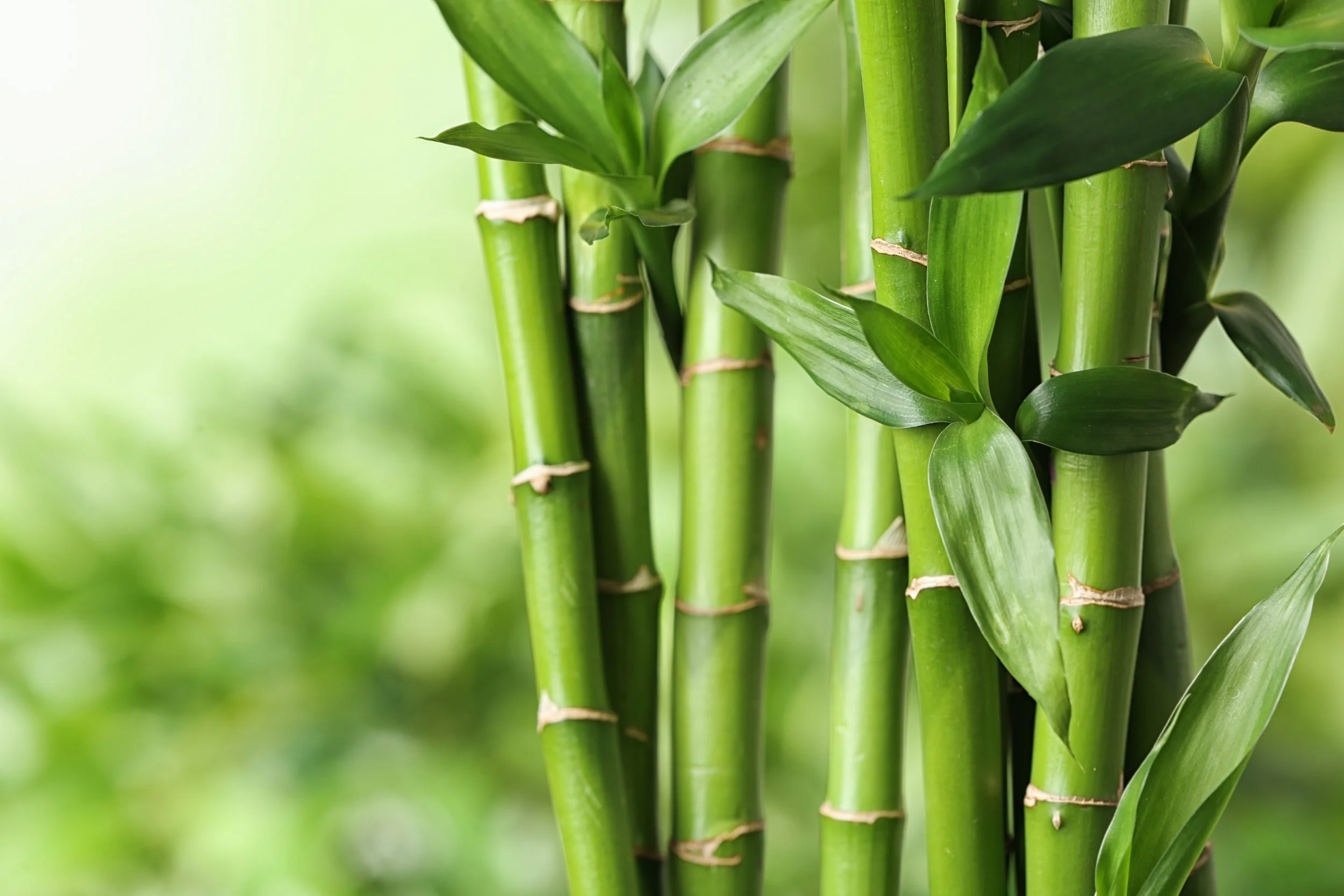Summer Wave Plant: The Adjective Flower That Blooms All Summer Long
Title: Summer Wave Plant: The Abundant Flower That Blooms All Summer Long
Introduction:
The Summer Wave plant is a beautiful and easy-to-grow annual that can add a splash of color to any garden or container. It is known for its abundant blooms, which can last all summer long. Summer Wave plants are also relatively drought-tolerant and can thrive in a variety of conditions.
In this blog post, we will take a closer look at the Summer Wave plant. We will discuss its history, its characteristics, and its care requirements. We will also provide some tips on how to get the most out of your Summer Wave plants.
Body:
History of the Summer Wave Plant
The Summer Wave plant is a relatively new variety of torenia, a genus of flowering plants that is native to tropical and subtropical Asia. The first Summer Wave plants were developed in Japan in the early 2000s. They were quickly introduced to the United States and other parts of the world, and they have since become one of the most popular annuals for gardens and containers.
Characteristics of the Summer Wave Plant
Summer Wave plants are known for their abundant blooms. The flowers are trumpet-shaped and come in a variety of colors, including blue, purple, pink, and white. Summer Wave plants can grow up to 10 inches tall and 36 inches wide. They have a trailing habit, which makes them well-suited for hanging baskets and window boxes.
Care Requirements for Summer Wave Plants
Summer Wave plants are relatively easy to care for. They prefer full sun, but they can also tolerate partial shade. They are drought-tolerant, but they will produce more blooms if they are watered regularly. Summer Wave plants do not require a lot of fertilizer, but a light application of fertilizer once a month will help them to thrive.
Tips for Growing Summer Wave Plants
Here are a few tips for growing Summer Wave plants:
- Plant your Summer Wave plants in well-drained soil.
- Water your plants regularly, but do not overwater them.
- Fertilize your plants once a month with a light application of fertilizer.
- Deadhead spent blooms to encourage new growth.
- Protect your plants from frost.
Conclusion
The Summer Wave plant is a beautiful and easy-to-grow annual that can add a splash of color to any garden or container. It is known for its abundant blooms, which can last all summer long. Summer Wave plants are also relatively drought-tolerant and can thrive in a variety of conditions.
If you are looking for a low-maintenance plant that will provide you with months of color, the Summer Wave plant is a great option. With a little care, your Summer Wave plants will thrive and bring you joy all summer long.
The Summer Wave plant is a beautiful and easy-care annual that can add a splash of color to your garden or patio. It is known for its trumpet-shaped flowers that come in a variety of colors, including blue, purple, and pink. Summer Wave plants are also self-cleaning, so you don't have to worry about deadheading.
If you are looking for a low-maintenance plant that will add color and beauty to your outdoor space, the Summer Wave plant is a great option. To learn more about this plant, visit Home Gardening.
FAQ of summer wave plant
- What is a summer wave plant?
- A summer wave plant is a type of annual plant that is known for its cascading growth habit and colorful blooms. It is native to South America and is typically grown as an ornamental plant in temperate climates.
- How do I care for a summer wave plant?
- Summer wave plants are relatively easy to care for. They prefer full sun and well-drained soil. Water them regularly, especially during hot weather. Fertilize them every few weeks with a balanced fertilizer.
- What are some common problems with summer wave plants?
- The most common problems with summer wave plants are pests and diseases. Aphids, spider mites, and whiteflies are common pests that can damage the leaves and flowers of the plant. Powdery mildew and rust are common diseases that can cause the leaves to develop a white or powdery coating.
- How do I propagate a summer wave plant?
- Summer wave plants can be propagated by seed or by cuttings. To propagate by seed, sow the seeds in a well-drained potting mix and keep the soil moist. The seeds will germinate in about 2-4 weeks. To propagate by cuttings, take a 4-6 inch cutting from the plant and remove the lower leaves. Plant the cutting in a well-drained potting mix and keep the soil moist. The cutting will root in about 2-4 weeks.
- Where can I buy a summer wave plant?
- Summer wave plants are available at most garden centers and nurseries. You can also find them online.
Image of summer wave plant
- Pampas grass is a tall, ornamental grass that is native to South America. It has long, flowing blades that sway in the wind, giving it a wave-like appearance. Pampas grass is a popular choice for gardens and landscapes, and it can also be used as a cut flower.
- Fountain grass is another tall, ornamental grass that is known for its waving blades. It is native to Africa and Asia, and it comes in a variety of colors, including green, blue, and purple. Fountain grass is a relatively easy plant to care for, and it can tolerate a wide range of conditions.

- Japanese blood grass is a smaller, more delicate grass that is known for its red blades. It is native to Japan, and it prefers moist, shady conditions. Japanese blood grass is a beautiful addition to any garden, and it can also be used in indoor containers.

- Windmill grass is a hardy grass that is known for its long, arching blades. It is native to North America, and it can tolerate a wide range of conditions, including heat, drought, and cold. Windmill grass is a popular choice for erosion control, and it can also be used as a border plant or in mass plantings.

- Sea oats is a grass that is native to the beaches of the southeastern United States. It has long, silvery blades that sway in the wind, giving it a wave-like appearance. Sea oats is an important part of the coastal ecosystem, as it helps to stabilize dunes and prevent erosion.

- Miscanthus is a genus of grasses that includes a variety of species, some of which are known for their waving blades. Miscanthus is native to Asia, and it can be grown in a variety of climates. It is a popular choice for gardens and landscapes, and it can also be used as a biofuel.

- Zea mays, or corn, is a grass that is native to North America. It has long, green blades that sway in the wind, giving it a wave-like appearance. Corn is a staple crop in many parts of the world, and it is also used to make a variety of products, such as corn syrup, corn oil, and cornstarch.

- Elephant grass is a tall, tropical grass that is native to Africa. It has long, green blades that can grow up to 10 feet long. Elephant grass is a popular choice for gardens and landscapes in warm climates, and it can also be used as a windbreak or privacy screen.

- Reed grass is a type of grass that is native to wet areas, such as marshes and swamps. It has long, slender blades that can grow up to 10 feet long. Reed grass is a popular choice for erosion control, and it can also be used to make baskets and other woven goods.
- Bamboo is a type of grass that is native to Asia. It has long, slender culms that can grow up to 100 feet tall. Bamboo is a popular choice for gardens and landscapes, and it can also be used to make furniture, flooring, and other products.

Post a Comment for "Summer Wave Plant: The Adjective Flower That Blooms All Summer Long"